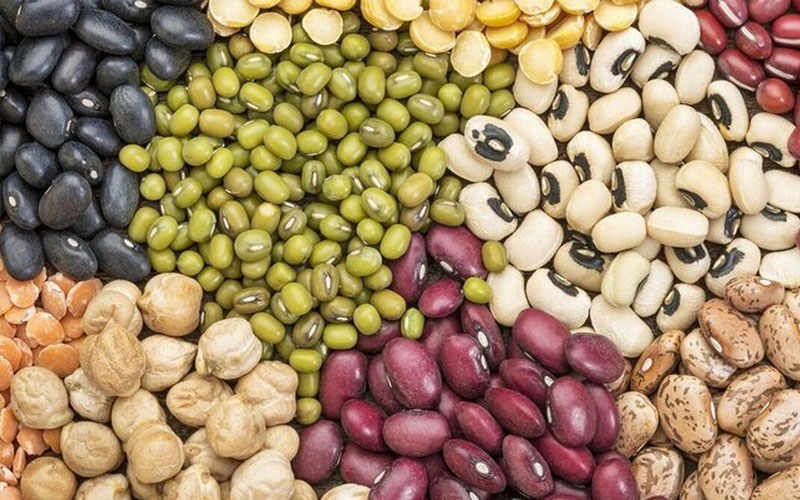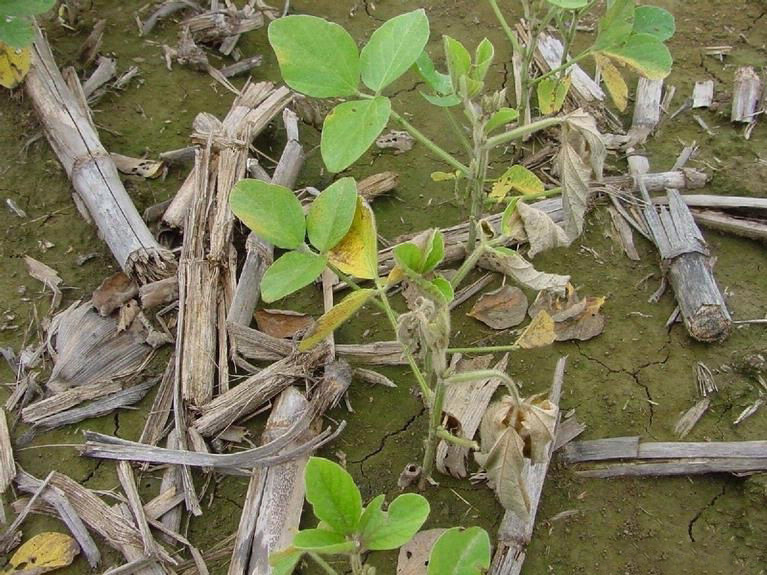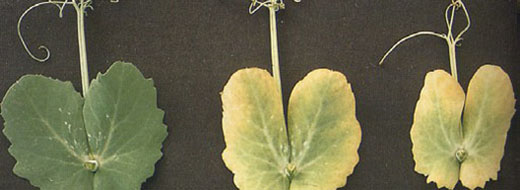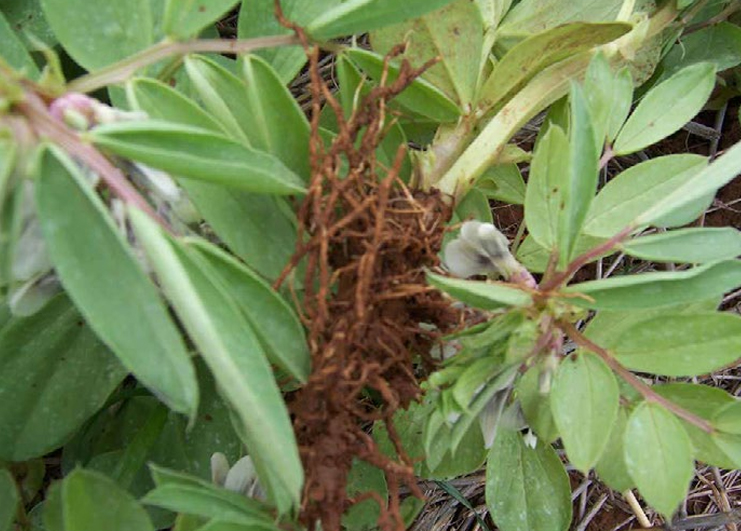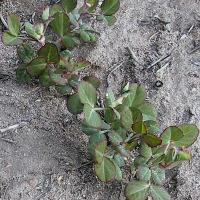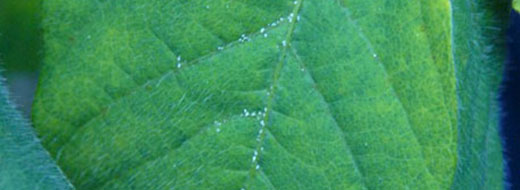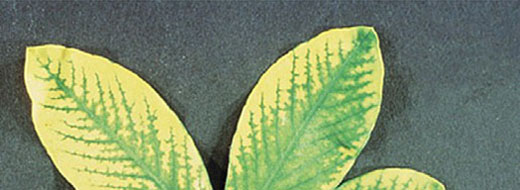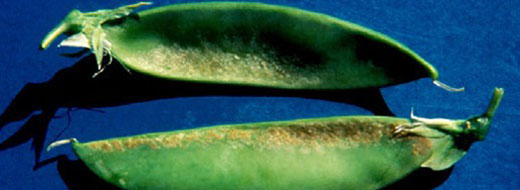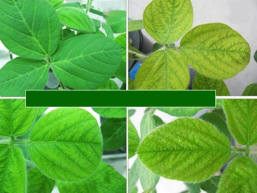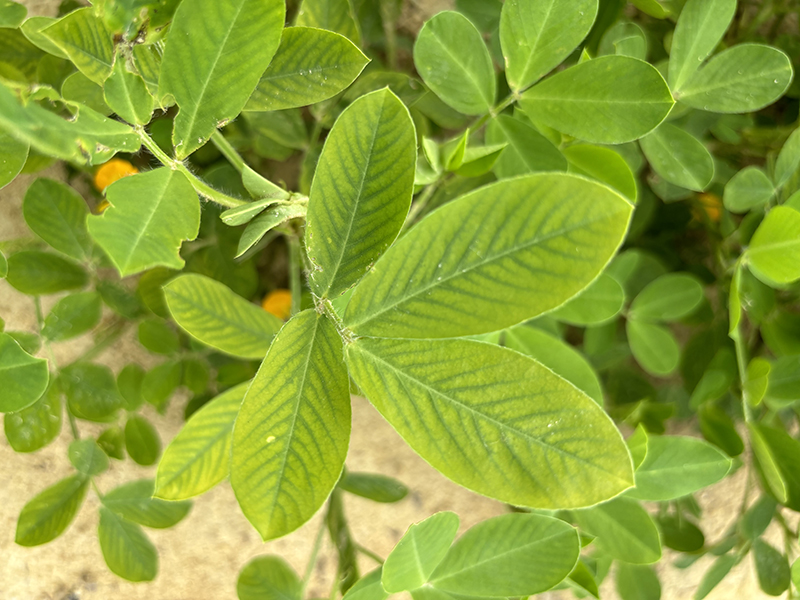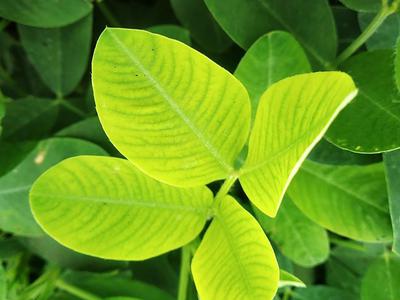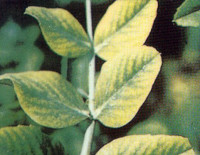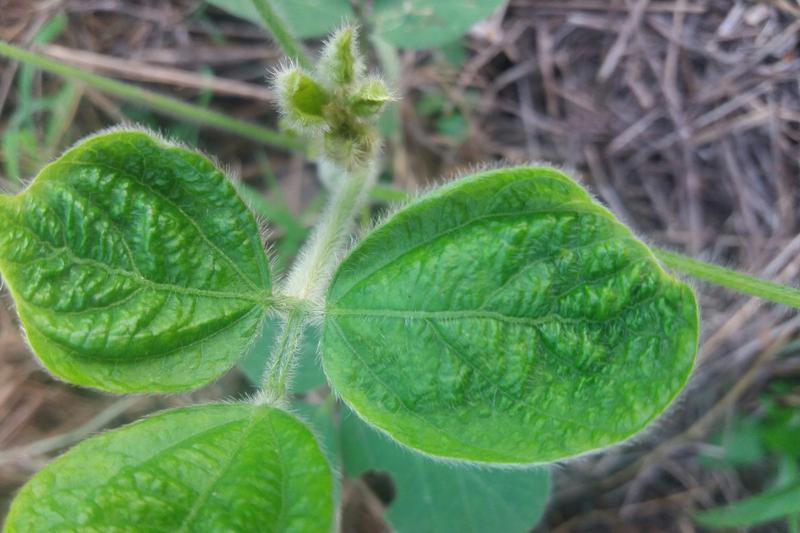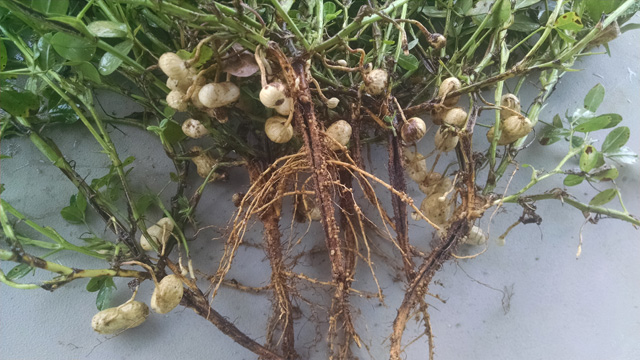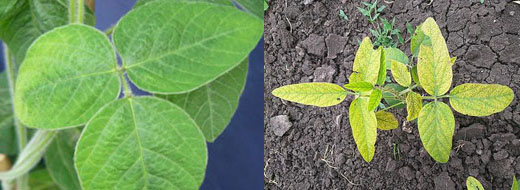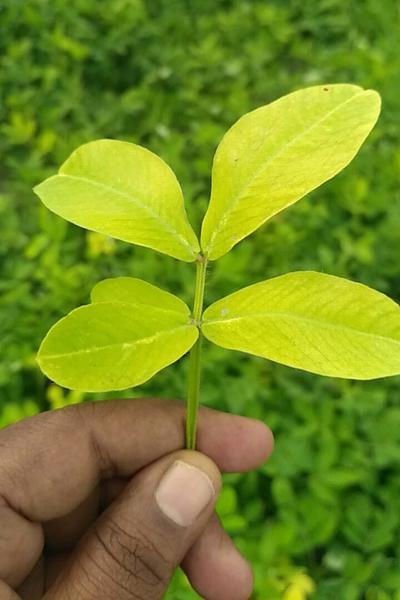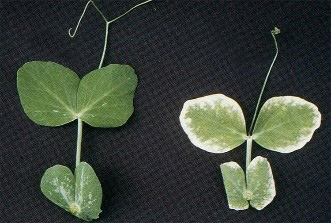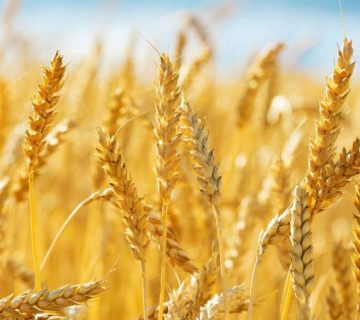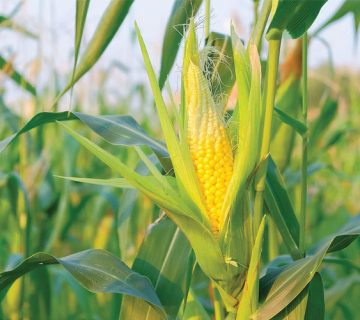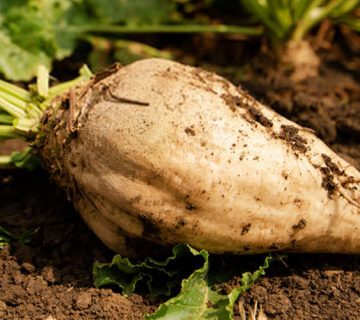Macro-N (nitrogen) deficiency
Nitrogen deficiency occurs most easily in sandy soils with low organic matter. Soil pH that is too low or too high can limit nitrogen availability. Heavy rain or excessive irrigation can cause nitrogen deficiency due to leaching or anaerobic conditions, suppressing nitrogen-fixing bacteria. Legumes, despite their ability to coexist with nitrogen-fixing bacteria (such as Rhizobium) to absorb nitrogen from the air, can become deficient in this element under certain conditions. When plants show signs of nitrogen deficiency, examine the roots and nodule color to confirm failure of nodule formation and nitrogen deficiency. Nitrogen deficiency in legumes is primarily manifested by stunted growth and progressive yellowing (chlorosis) of older leaves, often starting at the lower parts of the plant. In severe cases, red or purple colors appear on the veins and petioles due to anthocyanin accumulation. Other symptoms of nitrogen deficiency include small leaves, thin stems, and a severe reduction in yield.
|
Nitrogen deficiency in soybeans |
Nitrogen deficiency in peas |
Nitrogen deficiency in peas |
Kimat’s proposed solution:
Macroelement deficiency – Phosphorus (P)
Phosphorus (P) deficiency in legumes significantly affects early growth and yield potential. Stressed plants appear with reddish or purplish discoloration of the stem, petioles, tendrils, and leaf margins. Other symptoms of P deficiency include restricted lateral shoot growth and delayed pod formation.
|
Phosphorus deficiency in soybeans |
Phosphorus deficiency in peas |
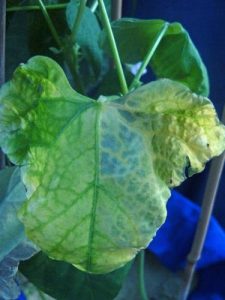 |
Kimat’s proposed solution:
Macronutrient deficiency – Potassium (K)
Potassium deficiency reduces root nodule formation and impairs nitrogen fixation, leading to reduced grain yield and crop quality. Symptoms of potassium deficiency in legumes such as beans and alfalfa notably affect growth, leaves and grain yield. Older leaves show yellowing that starts at the margins, progresses inwards and is followed by brown leaf edges (marginal necrosis) and appears as a burn. Potassium deficiency is characterized by severe stunting, shortening of internodes (stem segments) and leaf curling.
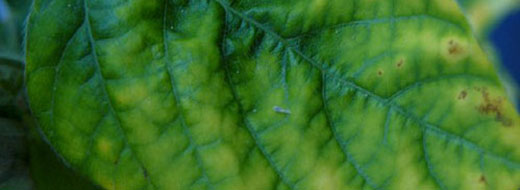 |
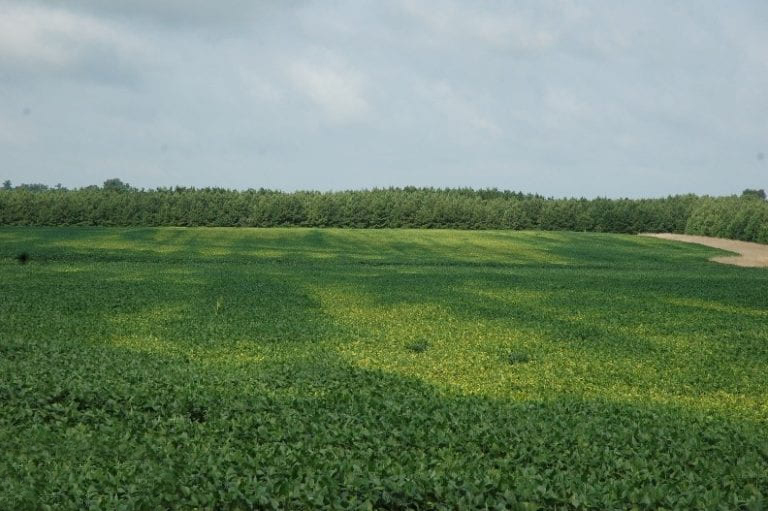 |
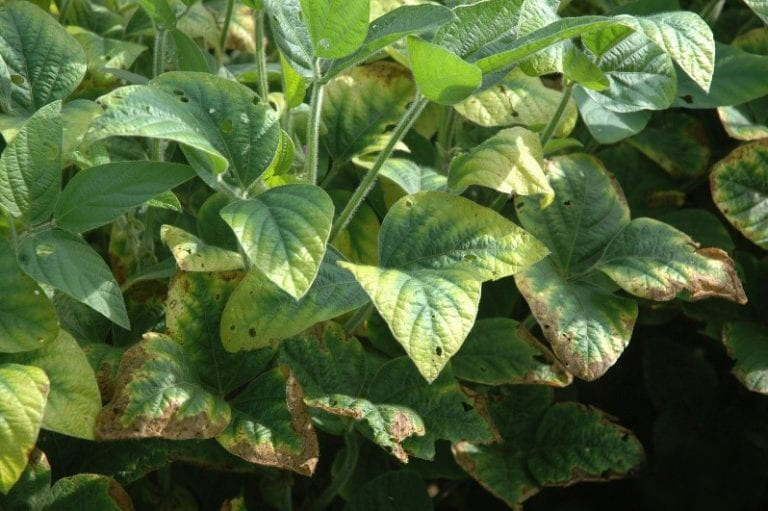 |
Potassium deficiency in soybeans
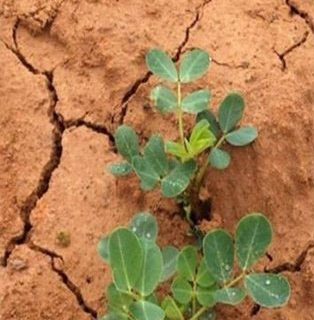 |
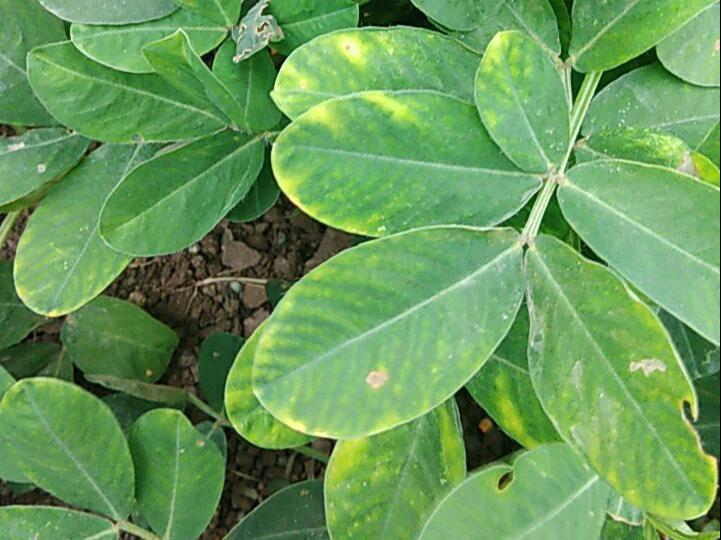 |
Potassium deficiency in peanuts
Kimat’s proposed solution:
Deficiency of microelements – iron (Fe)
Iron deficiency in legumes causes symptoms such as yellowing between the veins of young leaves (interveinal chlorosis), in which the tissue between the veins turns yellow but the veins remain green. In more advanced stages, the leaves turn yellowish-white and necrotic spots (tissue death) appear on the leaf margins, leading to a decrease in chlorophyll and limited photosynthesis. This condition causes growth retardation and reduced yield of legumes. The main factors causing iron deficiency in legumes are calcareous and alkaline soils with high pH (greater than 7.5), poor soil drainage and waterlogging conditions, increased calcium carbonate (CaCO3) in the soil and excessive presence of phosphorus and other metals such as copper, manganese and zinc that limit iron uptake.
|
Iron deficiency in soybeans
|
Iron deficiency in peas |
Iron deficiency in peanuts |
Kimat’s proposed solution:
Deficiency of microelements – manganese (Mn)
Legumes such as beans, peas and soybeans are among the plants sensitive to manganese deficiency and are more susceptible to this problem in alkaline soils (pH above 6.5) and rich in organic matter. Yellowing between the veins in young and middle leaves, while the veins remain green. Unlike iron deficiency, manganese chlorosis is less pronounced and the veins become faded or blurred. As the deficiency progresses, brown spots and burns appear on the margins of the leaves. Other effects of manganese deficiency include leaf shrinkage, curling of the edges and reduced vegetative growth, reduced resistance to diseases, and a decrease in product quality and quantity.
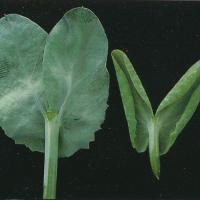 |
Manganese deficiency in peas |
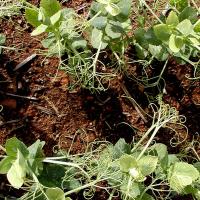 |
|
Manganese deficiency in soybeans |
Manganese deficiency in peanuts |
Kimat’s proposed solution:
Secondary macronutrient deficiency – Magnesium (Mg)
Symptoms of magnesium deficiency in legumes include interveinal yellowing of older leaves, starting at the leaf margin and progressing towards the center. In advanced stages, dead spots appear in chlorotic areas. Magnesium deficiency in legumes disrupts sucrose transport and carbon accumulation in leaves, leading to stunted growth and reduced fruit/seed production.
|
Magnesium deficiency in peanuts |
Magnesium deficiency in peas |
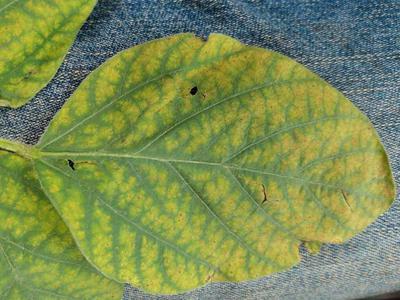 |
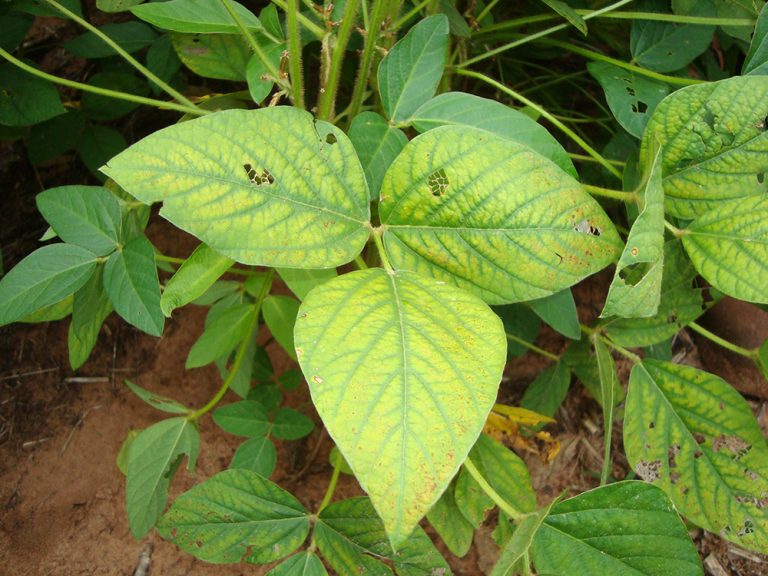 |
Magnesium deficiency in soybeans
Kimat’s proposed solution:
Micronutrient deficiency – Boron (B)
Boron deficiency significantly affects the growth, reproduction and yield of legumes, with symptoms often including stunted plant growth, chlorosis (yellowing) at the edges of older leaves and wilting of younger leaves, loss of stem tips, reduced flowering, weak pods and hollow or deformed seeds.
|
Boron deficiency in soybeans
|
Boron deficiency in peas |
Boron deficiency in peanuts |
Kimat’s proposed solution:
Micronutrient deficiency – Zinc (Zn)
Legumes such as beans, peas and lentils are sensitive to zinc deficiency and this deficiency has a direct impact on growth, yield and quality of the crop. Symptoms of zinc deficiency include yellowing between the veins of young and middle leaves, often accompanied by yellow or white spots. Other symptoms of zinc deficiency include premature fall of young leaves, flowers and fruits, shortening of internodes, thinning and brittle stems, reduced internodal spacing and production of empty seeds.
|
Zinc deficiency in soybeans |
Zinc deficiency in peanuts |
Zinc deficiency in peas |
Kimat’s proposed solution:


